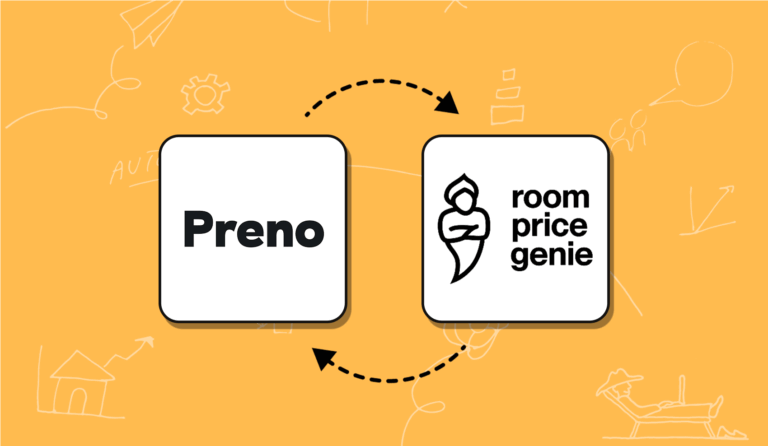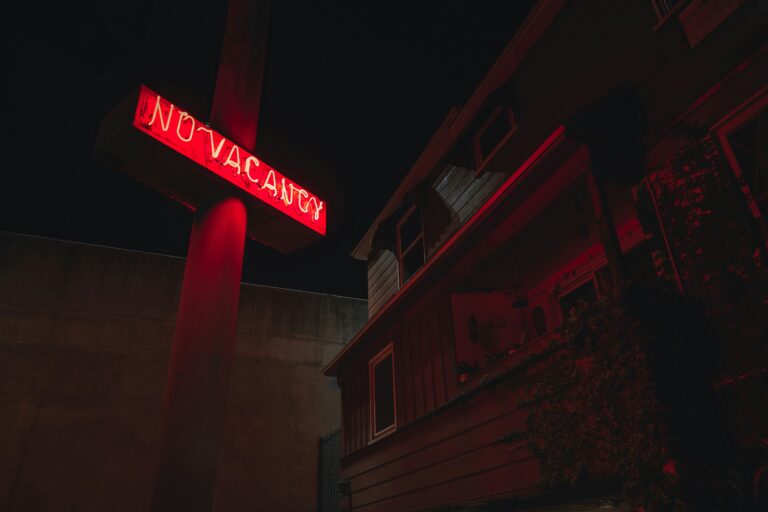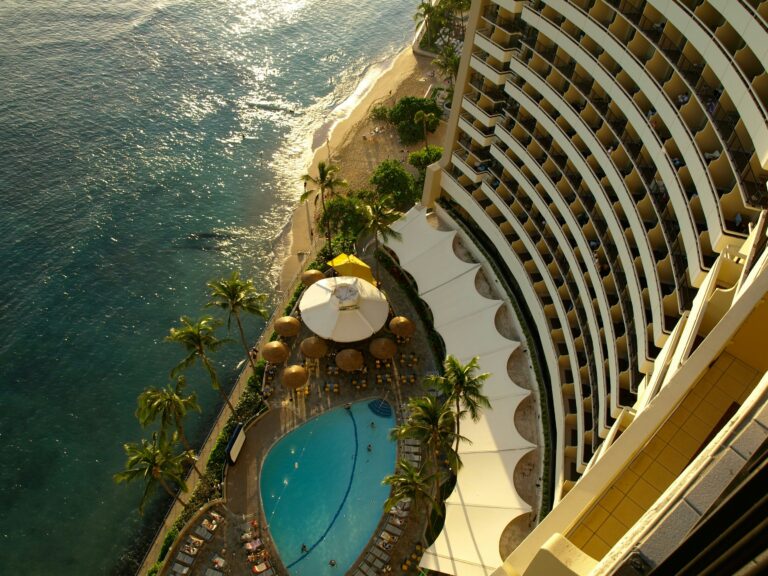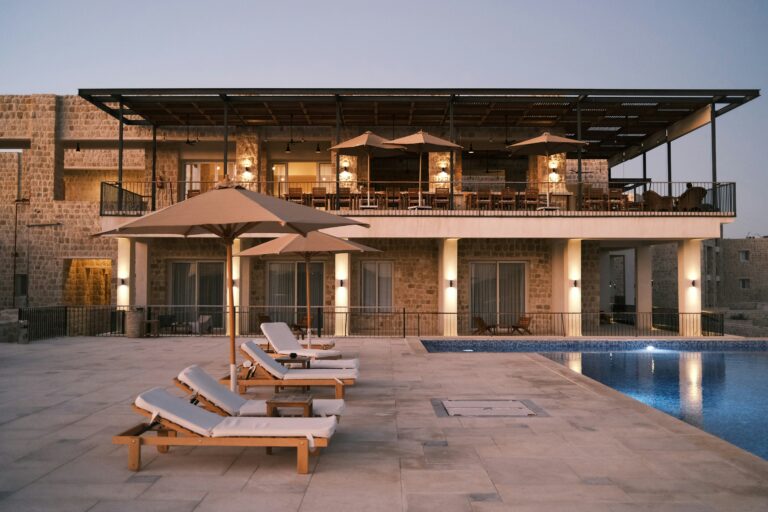Seasonal rates are special pricing strategies that property owners use to maximise revenue during high-demand periods. By understanding how to set seasonal rates, you can ensure that your property is rented at a price that meets your financial goals. Here’s what you need to know about seasonal rates, and how to set them for your property.
What is seasonal pricing?
Hoteliers and OTAs love seasonal pricing because it helps them promote special deals during specific times of the year. By definition, seasonal rates are higher prices during peak times of the year, when demand is highest. You can use seasonal pricing to your advantage by charging more during peak seasons, when you know you can get top dollar for your property.
For example, if you live in a beach town, you might want to consider raising your prices during the summer months, when people are more likely to be looking for a place to stay near the water. Alternatively, if you have a ski resort, you might want to consider raising your prices during the winter months, when people are more likely to be looking for a place to stay near the slopes.
Seasonal rates also includes off-peak pricing, such as offering discounts during the quiet seasons. Low-season pricing is a great way to attract guests during times when business is typically slow. By offering lower prices, you can generate more bookings and fill up your property when less people are visiting your area.
Why should you have a seasonal pricing strategy?
There are a few reasons why seasonal pricing can be beneficial for your business year-round:
- You can increase your revenue by charging more during peak seasons.
- You can fill up your property during slow seasons by offering discounts.
- You can maximise occupancy levels and the profit of every room.
- You can gain a competitor advantage by planning different rates year-round to meet demand.
- You can improve your brand image by promoting seasonal deals and encouraging guest loyalty.
- You can increase the chance of gaining direct bookings.
Choosing the right seasonal pricing strategy for your property can be a bit tricky, but it’s worth taking the time to figure out what works best for you.
How do I develop a seasonal pricing strategy?
There are a few steps that you need to take in order to develop and implement an effective seasonal pricing strategy:
Define your property’s seasons
You should already be familiar with how busy your property is at different stages throughout the year. For example, if your property is by a beach, you can expect it to be busier in the summer months when holiday makers are coming to town. However, it’s important to sit down and map out when your busy and slow seasons are, as these may not revolve around actual seasons. A good way to do this is by reviewing your occupancy over the past three years. Doing so will give you a clear idea of when your property is the busiest and the slowest. This will help you better understand when to charge more (or less) for your rooms.
Your seasons should be split into peak, shoulder and off-peak times. Peak season is when demand – and prices – are highest, shoulder season is the periods immediately before and after your peak season (when demand is starting to drop off), and off-peak season is when demand is at its lowest.
Identify additional seasons
As mentioned previously, your busy periods may not revolve around actual seasons. This means, you’ll also need to identify any public holidays or special events that increases the demand in your area. For example, if you live near a popular music festival, you might want to consider raising your prices during that time. Alternatively, if you live in a city that hosts a large sporting event once a year, you might want to consider raising your prices during that time as well. Global holidays, such as Christmas, Valentine’s Day and New Years should also be considered.
Establish your base rate
Your base rate is the price you typically charge for your rooms, without any seasonal adjustments. This is also considered the ‘average’ room rate you would expect to charge guests throughout the year, when there’s no reason to increase or decrease it. You should always use your base rate as a starting point when setting your seasonal rates.
When it comes to setting your base rate, there are a few things you need to consider:
The type of property you have: Is your property a hotel, motel, or vacation rental?
The location of your property: Is your property in a popular tourist destination?
The type of guests you typically have: Are your guests business travellers or leisure travellers?
Answering these questions can help you determine the price that your typical guest would be willing to pay, and expect from your property. This can also help guide your research when trying to find a base rate for your property.
You can use this simple trick to get an idea of how much your property is worth. First, search online (especially OTAs) for similar properties in the area, then filter by the amenities that your property has. This will give you a good indication of what properties charge as a base that are similar to your own. Then calculate the “average” price they charge over a typical season. From there, you can start to get a good understanding of where you’re placed in the market and adjust your prices accordingly.
Your base rate will be required by most OTAs when you set up your property, so it’s important that you have it figured out before you start listing your rooms.
Set your seasonal rates
To begin, you’ll need to decide on your top and bottom line pricing. Your top line pricing is the highest price you would be willing to charge for your rooms during peak season, while your bottom line pricing is the lowest price you would be willing to charge during off-peak season. Once you’ve decided on these prices, you can start to fill in the rest of your seasonal rates.
An easy way to start is by deciding the absolute minimum you’d be willing to charge. This will be your base cost. This price will change across rooms types, but needs to be a fair figure that will cover all your expenses and then some. Try not to undersell yourself because you’ll end up regretting it quickly.
Your maximum cost will be the peak-season pricing. This is where you’ll make the most money, so it’s important not to overprice your rooms and lose out on business. Think about what people are willing to pay at that time of year, as well as what similar properties are charging. If you price yourself too high, guests will look elsewhere; if you price yourself too low, you’ll miss out on extra earnings. Find a happy medium, and adjust as needed over time.
ENJOYING WHAT YOU’RE READING? JOIN OUR NEWSLETTER EMAIL LIST
Join our newsletter list & receive helpful hotelier tips & tricks, industry trends & more!
As a general rule of thumb, you should charge 15-10% less during shoulder season than your peak, and 20-30% less during off-peak season. However, keep in mind that these are just guidelines – you should ultimately charge whatever you think your property is worth.
An example of seasonal rates are:
- Peak season: $200 per night
- Shoulder season: $170 per night
- Off-peak season: $140 per night
It’s also important to remember that your seasonal rates will change over time as the market changes. For example, if a new hotel opens up in the area, they might start to charge lower prices than you do, which could impact the amount you’re able to charge. Similarly, if there’s a major event happening in the area (such as a concert or festival), you might be able to charge more than usual. Your weekend pricing should also typically be more than your weekday. Make sure to constantly check in on the market and see how your rates compare. This will help you make sure you’re always competitive, without under or over charging guests.
PRENO TIP
If you want to increase your earnings, you’ll need to find ways to get people to book during your shoulder and off-peak seasons. One way to do this is by offering discounts and promotions. For example, you could offer a 10% discount for guests who book during shoulder season, or a 20% discount for guests who stay for more than 5 nights. You could also offer free breakfast or Wi-Fi for guests who book during off-peak season.
Use a PMS to flex your rates
Now that you have established your pricing model, you’ll need to start thinking about how you can put this into play. This is where using a Property Management System (PMS), with built-in revenue management tools, comes in. A PMS will allow you to flex your rates, as well as add your seasonal pricing on to your base rate. This will also save you hours of admin, and remove the risk of human input error, as your pricing will automatically sync across your chosen OTAs. All in all, using a PMS is the most efficient way to manage your seasonal rates.
A PMS will allow you to keep on top of these changes easily, as well as track your overall performance. This data will give you valuable insights into which rates are working well, and which ones need to be tweaked. With this information, you can make more informed decisions about your seasonal pricing strategy, and ensure that you’re always maximising your earnings.
Seasonal rates are a great way to maximise your earnings, and ensure that you’re always getting the most out of your property. By using a PMS, you can easily manage your seasonal rates, as well as track your overall performance. This data will give you valuable insights into which rates are working well, and which ones need to be tweaked. With this information, you can make more informed decisions about your seasonal pricing strategy, and ensure that you’re always maximising your earnings.
Transform Your Guest Experience With Preno
With Preno, seamless management is just a click away. Embrace the future of hospitality with our free trial, no strings attached.





